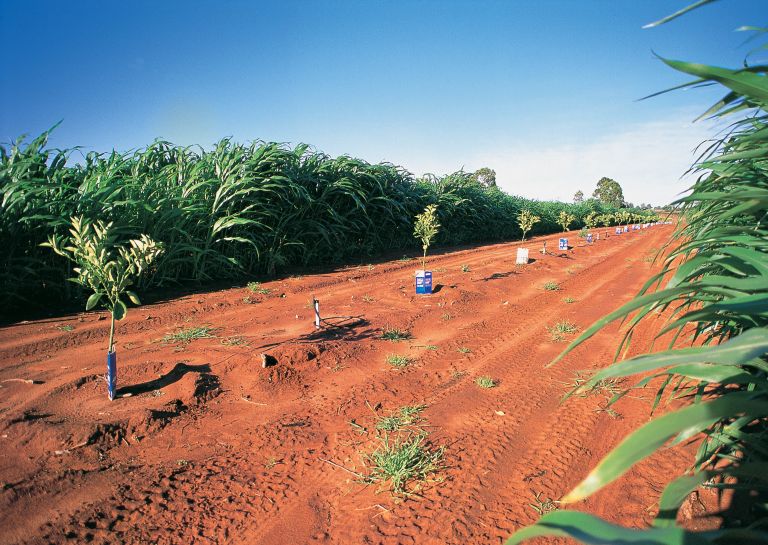What is carbon farming?
Carbon farming aims to reduce atmospheric carbon.
Carbon farming involves undertaking activities on your farm or property to either:
- reduce emissions (abatement) or
- capture and store carbon (sequestration).
You can learn more about carbon farming fundamentals as part of the Department of Primary Industries and Regional Development's low emissions agriculture research.
Carbon credits scheme
Some land managers who participate in carbon farming can earn Australian Carbon Credit Units (ACCUs).
- Each ACCU represents one tonne of carbon dioxide equivalent (t CO2e).
- You can register approved projects with the Clean Energy Regulator’s ACCU Scheme.
- You can then sell your carbon credits to the Australian Government or to other buyers on what is known as the secondary market.
Alternative approaches
You can carbon farm without doing an ACCU project.
Instead, you can calculate your emissions reduction and storage activities. This provides evidence to your buyer to demonstrate your products’ emissions.
If you’re an agricultural producer, you may in the future be asked to:
- report the greenhouse gas emissions associated with your products
- provide your farm’s production emissions data as part of a carbon audit of the supply chain.
Find more about carbon audits in Guidelines for conducting a carbon audit on grazing properties.
Carbon insetting and carbon offsetting
Insetting: Carbon ‘insetting’ focuses on reducing carbon emissions within your own operations, rather than offsetting someone else’s emissions.
Offsetting: While some carbon farming activities can earn you ACCUs, if you choose to sell the ACCUs, you will be ‘offsetting’ the ACCU buyer’s emissions. The carbon goes ‘on the books’ of the ACCU buyer.
More about carbon ‘insetting’
Unlike carbon offsetting, which involves selling your carbon to someone else, insetting keeps your carbon credits on your farm’s books. This means your products will have a lower carbon footprint, making them more desirable to buyers.
To demonstrate your product’s carbon footprint, you need to:
- measure your carbon sequestration from natural carbon stores like trees, plants and soil
- calculate emissions from your livestock and fuel consumption
- record this data so you can share it with buyers in your supply chain if they ask.
Process
Following these steps to help satisfy carbon audit requests from your buyers.
| Task | How to |
|---|---|
| Record baseline emissions | Start by measuring and recording your farm’s current emissions using available tools. |
| Secure data | Save your emissions data in a safe place and be careful which tools you use. |
| Identify options to reduce emissions and increase carbon storage | Use practices such as herd management or fertiliser reduction, feed additives and tree planting. |
| Regularly re-calculate | Re-calculate emissions at regular intervals (at least once a year) to track your progress. |
Carbon calculators
There are many ‘carbon calculator’ tools you can use to measure the greenhouse gas emissions from your farm business. These calculators provide valuable information when assessing your carbon footprint.
- Greenhouse Gas Accounting Framework (GAF) tools have been developed for many Australian primary industries.
- Meat and Livestock Australia and Dairy Australia and other rural research and development corporations have their own carbon calculators.
Make sure you understand the terms and conditions of each calculator before you enter your information.
Some calculators might share your data with other parties.
If you are not sure which calculator to use or want to know more about calculating your emissions, please contact your LLS Natural Capital Advisor.
Deciding on the best approach
Always carefully consider your approach, and seek professional advice when deciding on carbon projects and calculating emissions.
Contact your local LLS Natural Capital Advisor.
Access other trusted government services using our natural capital service finder.
Disclaimer
The information provided is of a general nature and does not take your specific needs or circumstances into consideration. Please ensure that you review your own situation, objectives and requirements and seek professional advice before making any business or financial decisions.
Contact Local Land Services NSW
Our team welcome your enquiries, feedback and comments.
Local Land Services is moving to nsw.gov.au. During the change, you might find the information you are looking for at lls.nsw.gov.au
